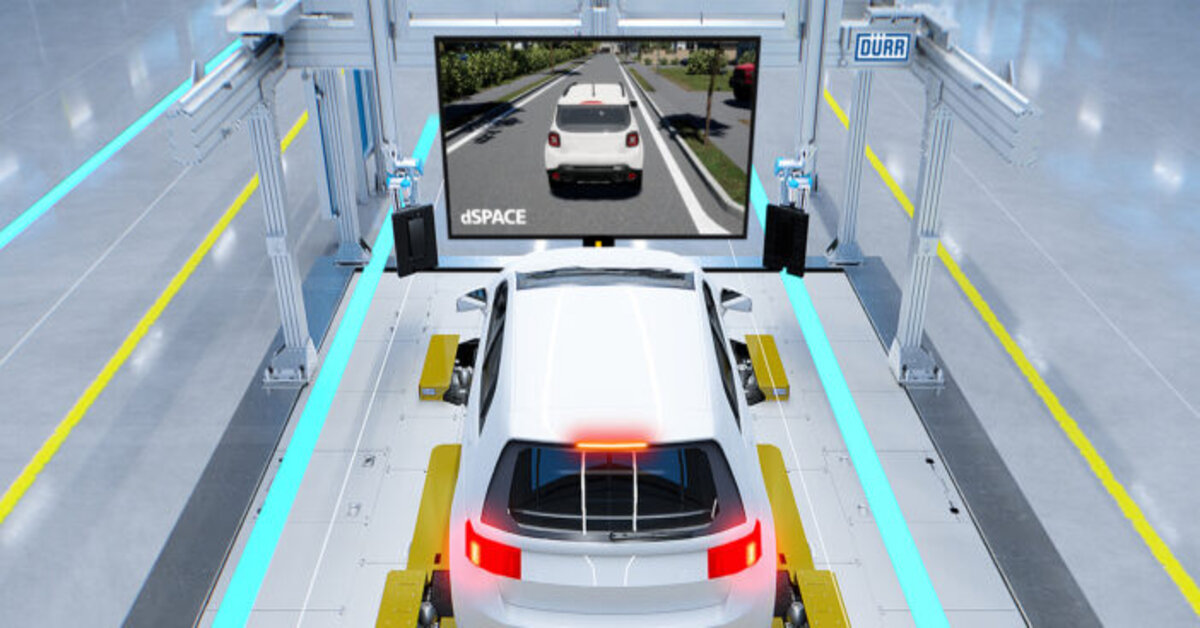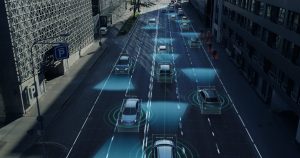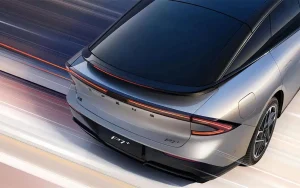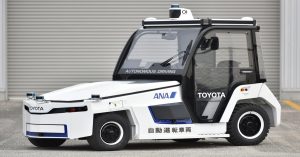The South Korean Transportation Safety Authority (KOTSA) is collaborating with German technology companies dSPACE and Dürr to develop new test methods and standards for driver assistance systems (ADAS) during periodic main inspections. The project is supported by the city and province of Gyeongsangbuk-do, which has allocated a budget of 4.3 million euros until 2026.
ADAS help drivers by providing a range of functions including lane departure warning, adaptive cruise control, and emergency braking assist, reducing the risk of accidents and collisions and increasing road safety. However, ensuring the long-term reliability of ADAS through test methods is a subject of lively discussion among vehicle monitoring authorities.
At a conference of the International Motor Vehicle Inspection Committee (CITA), KOTSA presented its first vehicle-in-the-loop (VIL) test setup, which includes Dürr’s x-road curve chassis dynamometer, DARTS radar target simulator, ASM simulation software, and AURELION visualization tool from dSPACE.
The existing VIL setup will now be further developed for widespread use in test benches throughout South Korea by dSPACE and Dürr, with KOTSA initiating the corresponding adjustments to the Korean inspection regulations. The South Korean road safety authority is thus one of the pioneers in the field of ADAS function testing, which is not yet a mandatory part of the main inspections in any country in the world.
Test organizations and technical services worldwide can use this approach to generate reproducible and reliable test results, with the test bench scalable for testing future highly automated vehicles, says Ahmet Karaduman, Consultant and Project Manager of ADAS vehicle-in-the-loop projects at dSPACE. Kai Künne, Product Manager for Autonomous Vehicle Testing at Dürr Assembly Products, adds that the collaboration will increase safety for all users of automated driving functions and boost confidence in the autonomous vehicles of the future.
The approach provides manufacturers, inspection service providers, and inspection authorities with an alternative to costly and difficult-to-repeat vehicle tests on closed-off test tracks, enabling efficient recurring main inspections for driver assistance systems.







